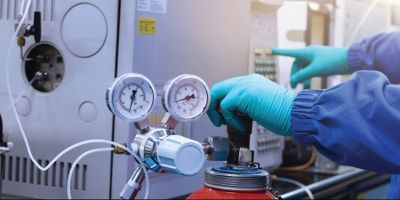 |
| External Fixators |
An external fixator is a stabilising structure that helps to keep the fractured bones in place. Metal pins or screws are inserted into the bone through tiny incisions in the skin and muscle with an external fixator. Outside the skin, the pins and screws are connected to a bar.
Limb lengthening can also be done with
external fixation. In most surgical procedures, the bone is sliced diagonally. On either side of the split, its pins or wires are inserted, and the external metal equipment is used to slowly pull the two sides of the bone apart over time. Through distraction osteogenesis, bone will eventually grow into the tiny gap.
Contraindications:- Patient with compromised immune system
- Non compliant patient who would not be able to ensure proper wire and pin care
- Pre-existing internal fixation that prohibits proper wire or pin placement
- Bone pathology precluding pin fixation
When you have an external fixator, day-to-day tasks might appear more difficult. Here are some helpful hints to make some of these duties feel a little less daunting.
In most situations, the external fixator will need to be left in place for several weeks or even months. The majority of fractures heal in 6 to 12 weeks. However, with complex fractures and when the fracture is not mending properly, it may take longer. It is well recognised that putting weight on a fracture by walking on it, for example, with the extra support of an external fixator frame, aids in the healing process.
The parts of an external fixator include:Complications - Damage to soft-tissue structures - Transfixing pins or wires may injure nerves or vessels, or may tether ligaments and inhibit joint movement. The surgeon must be thoroughly familiar with the cross-sectional anatomy before operating.
- Pin-track infection - This is less likely with good operative technique. Nevertheless, meticulous pinsite care is essential to avoid infection.
- Overdistraction - If there is no contact between the fragments, bone union is unlikely to occur.
External fixation has been used to treat fractures for almost 2000 years, since Hippocrates originally described it as a means to immobilise the fracture while maintaining soft tissue integrity. The fixator design and biomechanics have evolved significantly over time, but the fundamentals have remained the same.




Comments
Post a Comment